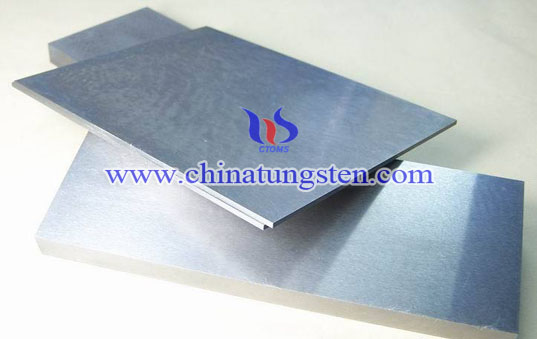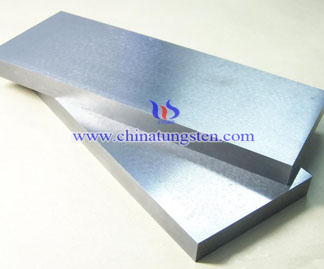TZM Alloy Strengthening Mechanism

Introduction
TZM alloy has three strengthening methods including solid solution strengthening, second phase strengthening and deformation strengthening.
Strengthening Mechanism
Solid solution strengthening: it refers to the solute atoms of solid solution caused matrix’s lattice defects, increasing dislocation motion resistance, making difficult to slip, so that the strength and hardness of solid solution in alloy is increase. Appropriate concentration solute atoms can improve the strength and hardness of the metal, but the toughness and ductility will decrease. TZM alloy solute atoms is titanium (Ti), zirconium (Zr) and other elements. They are dissolved in molybdenum (Mo) matrix, so that the lattice distortion, increasing the strength and hardness. On the other hand, the difference size between solute atoms and solvent atoms is larger, the better the strengthening effect. Zr and Mo atomic size difference factor is + 14.3 and Ti and Mo atom difference factor is +4.4, so in TZM alloy Zr plays an important role on solid-solution strengthening. Although atomic size difference factor between carbon (C) and Mo is -34.5, but due to the solubility of C in Mo is small, so it is not considered.
The second phase strengthening mechanism: in composite alloy, in addition to the matrix phase, there is a second phase existence. When the second phase is uniformly distributed in the matrix phase, it will produce a significant strengthening effect. The main principle of second phase is the second phase impedes dislocation motion, improving the alloy’s deformation resistance. TZM alloy second phase means TiC and ZrC carbide particles. They are uniformly distributed in the matrix Mo effectively impede dislocation motion, so that the alloy has been strengthened. However, in TZM alloy oxide is more than carbide. Oxides in a certain range can prevent dislocation glide, to increase the strength of the alloy, but it makes thermal processing more difficult and increase brittleness of alloy. It is reported that added alumina and zirconia in the alloy can improve the hot workability of alloy.
Deformation strengthening mechanism: TZM alloy under recrystallization temperature can process deformed strengthening. Besides, the deformation strengthening effect will increases with the amount of deformation increases. Deformation strengthening means including: forging, extrusion and hot rolling. Alloy grains during deformation along the machine direction stretch, resulting in lattice distortion, increased dislocation density, and secondary grain emergence (grain refinement), thereby increasing the strength of the alloy. After deformation strengthening alloy strength, ductility and ductile-brittle has greatly improved. However, after annealing the strength of alloy is decrease. In order to increase alloy’s strength can employ nitrided treatment, so that the matrix can produce titanium nitride particles, improving the hardness and tensile strength of the alloy.

